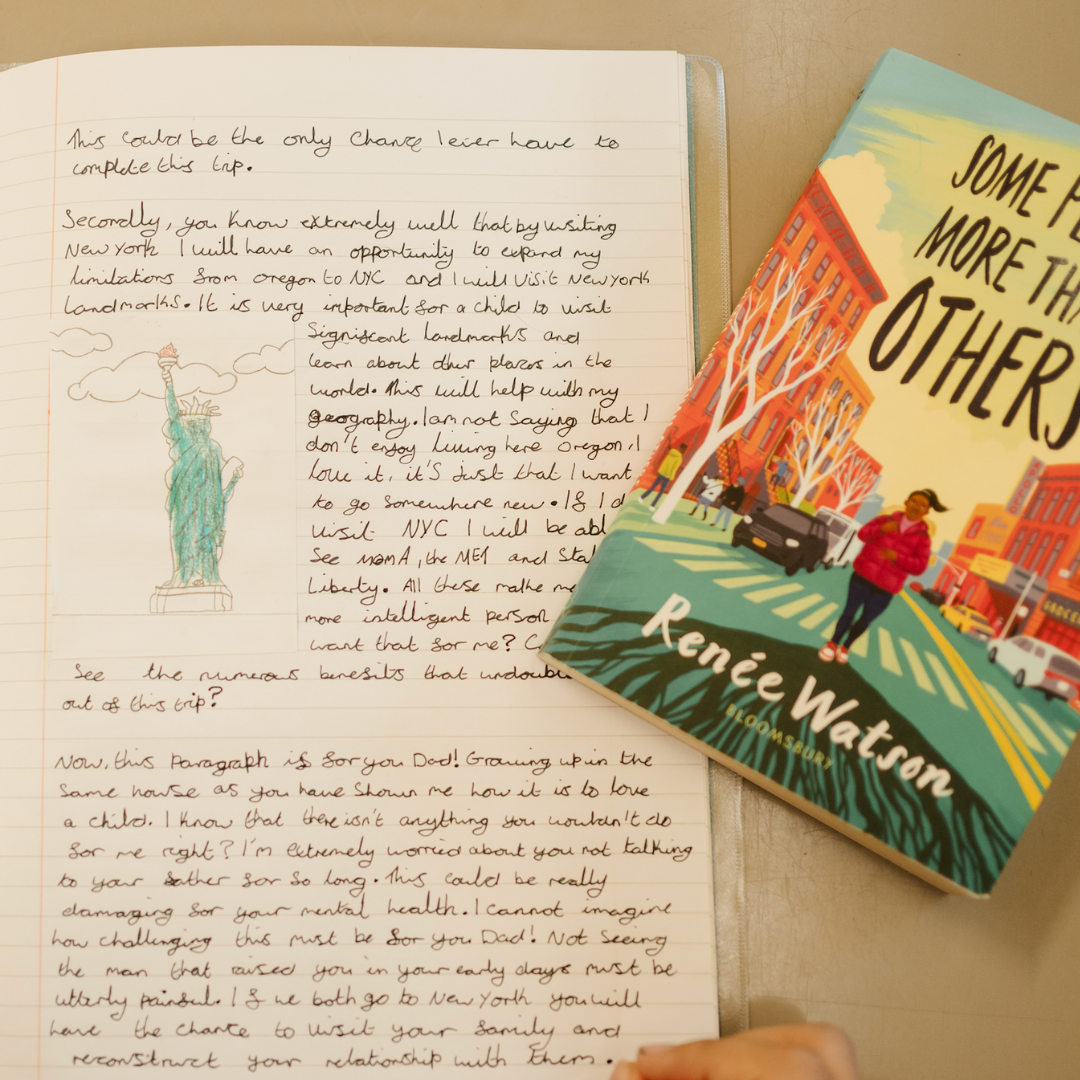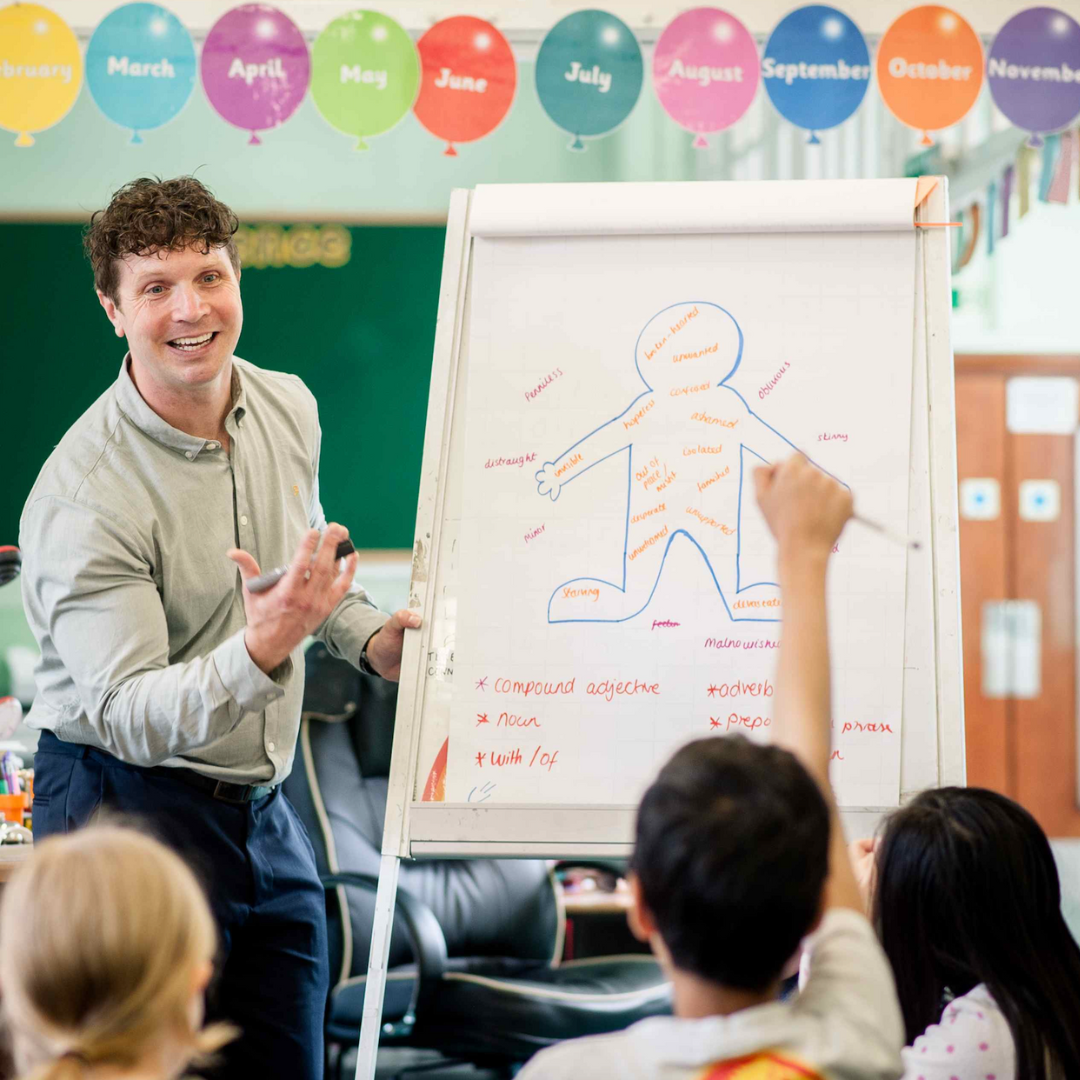Written by:

Alice Wood
Marketing & Communications Co-ordinator
As teachers, we all want our children to become confident, capable readers and writers. But too often, our efforts are complicated by persistent myths about how literacy develops. In this new blog series, we’ll be separating fact from fiction and breaking down the barriers built by misinformation.
Myth No. 1: Writing should be taught by genre, one at a time.
Truth:
Labels can be limiting. When the purpose is clear, children instinctively reach for the right form: a letter, an article, a poem...
When we teach genre too rigidly, pupils often start writing with a checklist in mind and the process and product become formulaic. The result? Children will disengage.
At Literacy Tree we believe the most engaging way to organise learning is by theme. By teaching genre within meaningful contexts, we help children to see writing as a flexible, powerful tool. One that can shift forms depending on audience and purpose. Real writers don’t usually sit down and ask, “What genre shall I use today?” Instead, they start with an idea or message - and the form emerges to suit that need.
How we can help:
Our Teach Through a Text pedagogy supports a culture where writing is driven by audience and purpose. We believe writing should be more than a classroom task - it should be a way for children to use language to do something meaningful in the world. That’s why our Writing Roots are designed to make the process personal and purposeful.
Each Writing Root centres around a text that opens the door to multiple forms of writing. For example, in Year 2, pupils reading Rosie Revere, Engineer will have opportunities to write a letter of advice, a school report card, and a description of an invention - practising persuasive, informational, and descriptive writing under the umbrella of one literary theme.
This integrated approach ensures that children learn to choose the right form for the message they want to share. These experiences build cumulatively across a year of teaching with Literacy Tree, reinforcing key skills and genre-knowledge while keeping writing connected to real audiences and real purposes.

Myth No. 2: Quiet classrooms are productive classrooms.
Truth:
Focused work is important, but a consistently silent classroom signals a lack of collaborative thinking, oral rehearsal, and language development.
Talk isn’t the opposite of learning – it’s a powerful driver of it! Noise is often viewed as a sign of distraction or lack of classroom control. However, whilst quiet and focused writing time is important, discussion and play can be just as productive.
When we make conversation in the classroom a regular practice, we teach pupils how to listen actively, build on others’ ideas and adapt talk for different purposes. Without this, many pupils never develop the oracy skills they need for success - in literacy, across the curriculum, and in life.
Dialogic classrooms have strong links to improved outcomes in reading and writing. Speaking is thinking, giving children an opportunity to experiment with ideas and sentence construction before committing anything to paper. When talk is intentional, it helps children to expand vocabulary, internalise new language structures and express themselves with confidence: all skills which are transferable to writing.
How we can help:
Our Writing Roots open with Discovery Points – hook lessons to get children talking and asking questions before the writing even begins. This sets them up to engage with the text and the themes within it on a deeper level throughout the literacy unit. We also embed opportunities for structured talk throughout the whole Writing Root: debates, role play, reasoning tasks, and shared writing opportunities. Throughout the planning, we direct you to resources in our Classroom Trunk [hyperlink] that further support collaboration.
That’s not all! Our Vocabulary Vines are separate one-page sister resources to Writing Roots. They are designed specifically with oracy in mind and offer short-burst talking opportunities to further facilitate vocabulary expansion.

Myth No. 3: Spelling is a standalone skill and should be taught in isolation.
Truth:
Isolating spelling instruction from real writing experiences prevents a deeper understanding of how language works.
Many of us grew up viewing spelling as a standalone skill, often being taught through weekly word lists, memorisation and testing. This masks the fact that spelling and writing are deeply interconnected – spelling isn’t something children need to ‘master’ before they can put pen to paper.
When we isolate spelling instruction from real writing experiences, we miss valuable opportunities for children to develop a deeper understanding of how language works, and for vocabulary expansion. We know that children learn and retain new words and spelling patterns more effectively when they encounter and use them in authentic writing contexts. Spelling, after all, is not just about memorising word forms; it’s about understanding how sounds, patterns, and meaning work together in our written language.
How we can help:
Our Spelling Seeds are sister resources to our Writing Roots. They locate opportunities for applying spellings with purpose within the context of the same text. Embedding spelling instruction within a familiar context reduces cognitive load for children and helps them to view it as a tool for communication, not just a hurdle to clear.
